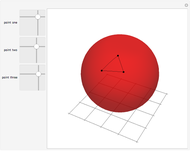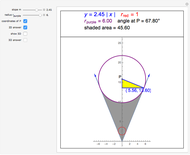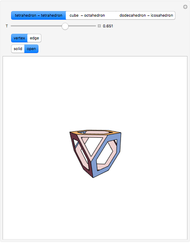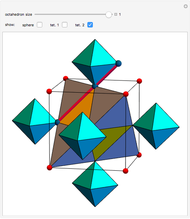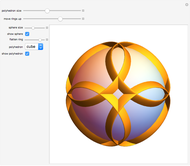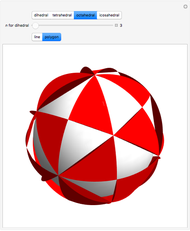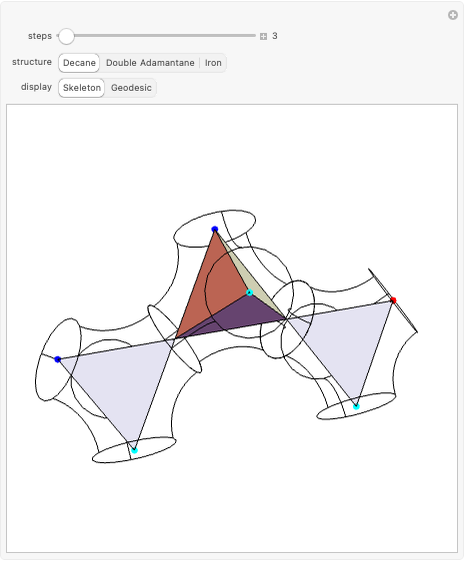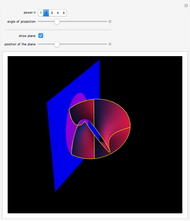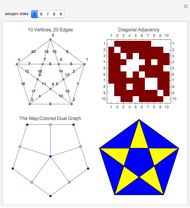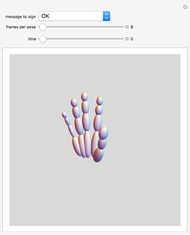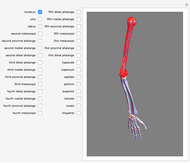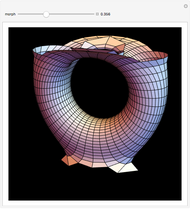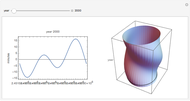Non-Spherical Geodesic Structures

Requires a Wolfram Notebook System
Interact on desktop, mobile and cloud with the free Wolfram Player or other Wolfram Language products.
In a 1991 Graphics Gallery of the Mathematica Journal [1], we demonstrated a system for building "Many-Handled Surfaces" modeled after chemical molecular bonding geometry. Here is an interactive version.
Contributed by: Stewart Dickson (January 2023)
Open content licensed under CC BY-NC-SA
Snapshots
Details
"Geodesation" of the tetrahedron suggests non-spherical many-handled surfaces based on the geometry of carbon bonds in organic chemistry. Here we present structures modeled after the linear alkanes (methane  to decane
to decane  ) and the fused-ring structure adamantane
) and the fused-ring structure adamantane  ), based on cyclohexanes.
), based on cyclohexanes.
Geodesation of the octahedron suggests a hexavalent bonding geometry similar to iron. The surface subdivision method of the octahedron we use here closely approximates the infinite Schwartz triply periodic minimal surface.
The original 1991 notebook [1] demonstrated geodetation of the wireframes of the bonding units and orientation of the hemispherical end caps.
Here, given a pre-constructed list of transforms representing the molecular skeleton, we automatically determine where hemispherical end caps can be placed.
References
[1] S. Dickson, Graphics Gallery: "Many-Handled Surfaces," The Mathematica Journal, 1(4), 1991 pp. 51–58.
[2] Rosso, S. et al., "Modeling Symmetric Minimal Surfaces by Mesh Subdivision," L. Roucoules, M. Paredes, B. Eynard, P. Morer Camo, and C. Rizzi (eds.) Advances on Mechanics, Design Engineering and Manufacturing III, JCM 2020. Lecture Notes in Mechanical Engineering, Springer: Cham. https://doi.org/10.1007/978-3-030-70566-4_ 40.
Permanent Citation









